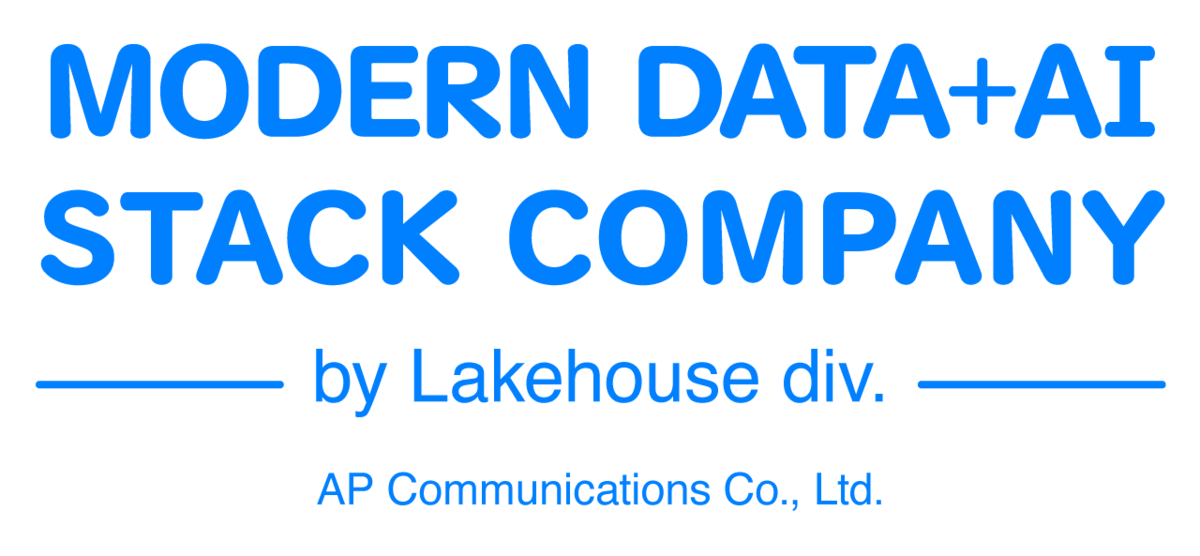Introduction
This GLB Business Department Lakehouse Department Chen. Based on the report by Mr. Nagasato, who participated in the local Data + AI SUMMIT 2023 (DAIS), he gave a lecture on data and AI governance, titled "Introduction to Governance on the Lakehouse for Data, Analytics and AI." Governance of the Lake House in Japan)” is summarized as an article.
In this talk, we will discuss how governance of data and AI has been identified to create business value, and how organizations prioritizing integrated governance can treat their data and AI assets as products and achieve the highest returns. The goal is to tell you what you can do. The target audience is business leaders and data scientists interested in data and AI, and IT professionals involved in data and AI management.
Governance and business value of data and AI
Proven to create governance and business value for data and AI.
Data and AI governance play an increasingly important role in modern business. In this talk, I will introduce concrete examples of how data and AI governance can create business value.
Here are some points where data and AI governance create business value:
- Improved data quality: Maintaining the consistency and accuracy of data will lead to more reliable analysis results.
- Ensuring compliance: The ability to manage data in compliance with laws and regulations reduces risk and enhances corporate reputation.
- Promotion of data utilization: Appropriate use of data is promoted through data access control and usage history management, creating new business opportunities.
Introduction to the governance model
Providing a unified governance model can help overcome the challenges of managing data and AI assets. Various challenges exist in managing data and AI assets. A unified governance model is proposed to overcome the challenges. With this model, we treat data and AI assets as products and aim to get the best returns.
The characteristics of the unified governance model are:
- Centralized management of data and AI assets: Centralized management of data and AI assets within an organization makes it easier to understand data flow and usage.
- Data access control: Data access rights can be set appropriately to limit the use of data within an appropriate scope.
- Data quality control: We will establish a mechanism to maintain and improve the quality of data and increase the reliability of data.
- Ensuring compliance: The ability to manage data in compliance with laws and regulations reduces risk and enhances corporate reputation.
By introducing this unified governance model, management of data and AI assets will become more efficient, and business value can be maximized.
Latest concepts, features and services
The talks also touch on the latest concepts, features and services. They are for more effective governance of data and AI, and are expected to play an important role in future businesses.
Specifically, the following three will be introduced.
- Data catalog: A mechanism that centrally manages data metadata and makes it easy to search and use data.
- Data Quality Tools: Tools that automatically check data quality and correct or report any issues.
- Data privacy protection technology: Technology to protect data privacy, such as data anonymization and encryption.
By leveraging these latest concepts, functions, and services, it is expected that data and AI governance will become even more effective.
Summary
Data and AI governance play an important role in modern business. By introducing a unified governance model, the management of data and AI assets will become more efficient, and business value can be maximized. It is also expected that data and AI governance will be more effectively realized by utilizing the latest concepts, functions, and services. This is expected to enable organizations to treat their data and AI assets as products and get the best returns.
Conclusion
This content based on reports from members on site participating in DAIS sessions. During the DAIS period, articles related to the sessions will be posted on the special site below, so please take a look.
Translated by Johann
Thank you for your continued support!
